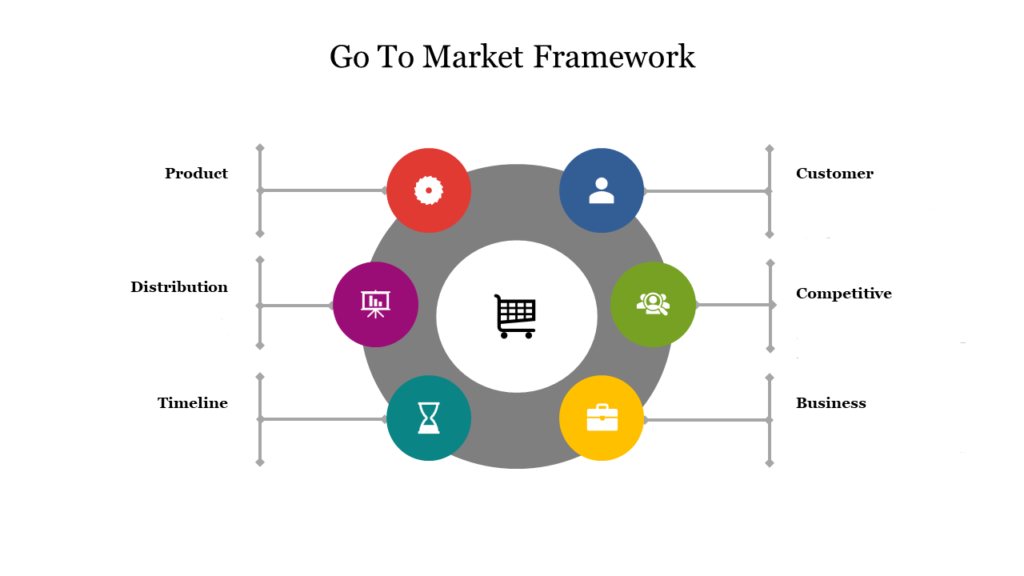It’s a hot afternoon and it’s one of those ones where if you step out, you’re guaranteed that the sun would fry your skin making it look as enticing as bacon. It was on one of these fateful days at exactly 2:45PM that an idea struck me. I had already tried this “founder” thing before but trying again never hurt anyone.
This was the product that was going to change the game, I was so certain that even the blind would see that this was the solution to the problem my target audience was facing, heck… even I was currently facing the problem and isn’t that the perfect combo? A founder who understands and wears the shoes of his target customers.
I set to building. It took a lot from my team and I but we eventually built my dream, my one in a billion idea. “The market is about to change, I see a revolution”. Those were the words ringing in my ears and with that we launched. Months of hard work was now open to the public, no one was as excited as I was. I even hosted a giveaway on Twitter.
Update: It’s been a year since public launch, the massive adoption I envisioned didn’t happen. A lot of money has been spent trying to keep us alive so we can keep pushing. In all, funds going out but little to zero revenue coming in.
I’ll tell you what I did wrong and truthfully what I see a lot of founders like me doing wrong. I rushed my product to the market without a proper Go-To-Market Strategy. Of course, that came with its repercussions. With what I know now… never again.
let’s circle back. Most new time founders and even repeat ones face the same problem that our friend faced with his product, hungry and ready to hit the market without doing due diligence. Let‘s widen this range a bit, because typically this article is not just for founders but marketers as well, specifically product marketers.

The message is simple: A new product, a new feature and / or market expansion requires a well thought out Go-To-Market Strategy. This marketing strategy is your framework or mapped out plan to ensure that what you are hitting the market with can drive the demand for it. You’re familiar with demand and supply, the concept states that as long as there is demand, supply would always have to step up to meet it (That’s the primary concept). Simply put, it ensures that your product is adequately ready for your target customers having crossed out the necessary research and testing needed to take your product to market.
To Beat our Friend’s Mistake, You Need a GTM Strategy. Here’s Why.
To know who exactly your product is for: Guess work is never the right work when it comes to releasing a product into the market. More than half the time your ideal customer profile and behavioural patterns aren’t what you think they are. And what use is creating a product when the audience you’re creating it for probably doesn’t exist? A GTM strategy helps you identify your potential audience clearly.
The framework gets rid of assumptions by helping you reach out to the grassroot so you know who would most likely use your product and how to communicate with them in a language that they would understand.
In turn this helps you with targeting your potential customers accurately in the language they understand as opposed to the “shoot and hope to kill” technique of launching without a set strategy.
Product Messaging: Understanding who your product is for is the first step, there’s a lot that comes after it. What essentially is your product offering or solving? Your service or product messaging isn’t what you find soothing to your ears, it is what communicates to your audience an understanding of their problem and the positioning of your product as a preferable solution over other existent solutions. Sounds complex? It shouldn’t be. These are the details that need to be hashed out in your go to market strategy plan based on proper understanding of your product and the needs of your users.
Competitive Landscape: This is what gives you competitive advantage over others products in the same niche as you. A full analysis of your competitors, what they are doing right and what they are not, what and where the lags are, how you can tailor your product or service to fill those lags, if possible and how best to communicate your unique selling point (A statement that differentiates your product from the competition).
This along with understanding your customer’s needs can give you a good idea on the direction to take in your product’s building phase.
Product – Market Fit: Having a detailed GTM plan gives you the advantage of molding your product into what will be used by your target audience. Not just another addition to the number of products in the market. A GTM strategy is a thorough data backed approach towards not just your launch but the reactions and feedback gathered pre-launch.
It ensures that your product has gone through testing stages and focus is placed on the responses obtained such that what the users get is an idea that has gone through the necessary process to make it a lifeline that will be accepted by your users. Remember the demand and supply concept? What is demanded has to be what is supplied or at least, a very close call to what is supplied.
Cross – Functional Product Team: In order to translate a seemingly technical idea to your potential customers, there needs to be alignment across all teams (product, marketing, sales, support etc). If your product would survive in the wild (Cue in *market*), that alignment needs to happen before the product or feature hits the market. Another reason you need a go to market strategy beforehand.
This framework provides an actionable plan and high-level direction on how individual teams can blend seamlessly to give your potential users an experience that they would appreciate. In your customers journey, whatever touch point they come in contact with should be memorable enough to optimize the remaining stages up until customer retention. The Mistake is, you expect that the first touch point is the product. A clear Go-to Market Strategy would not include that mistake, instead it takes account of it.
Let’s Circle Back to Our Founder Friend
No one prepared me for what should come before launching into the market. I know that now so of course I’ll be a part of Blurpe’s GTM Masterclass in January 2024. Am I calling on all founders to do the same? Well, yes. Except you’re releasing the same product as me and are in one way or the other my competition, then no. By all means please repeat the same mistake that I did 🌚.
Pro-Tip for fellow founders: Your product founder is a major stakeholder that should play a major role in your product launch, coordinating market, sales and product team. Studies show that more than 86% of Product marketers manage product launches for their companies so upgrading your product marketer’s knowledge of an effective Go-To-Market Strategy increases your ROI on your product.
The Bottom line? No matter how innovative your product is, doing what’s best for it starts before it gets to your target market.
